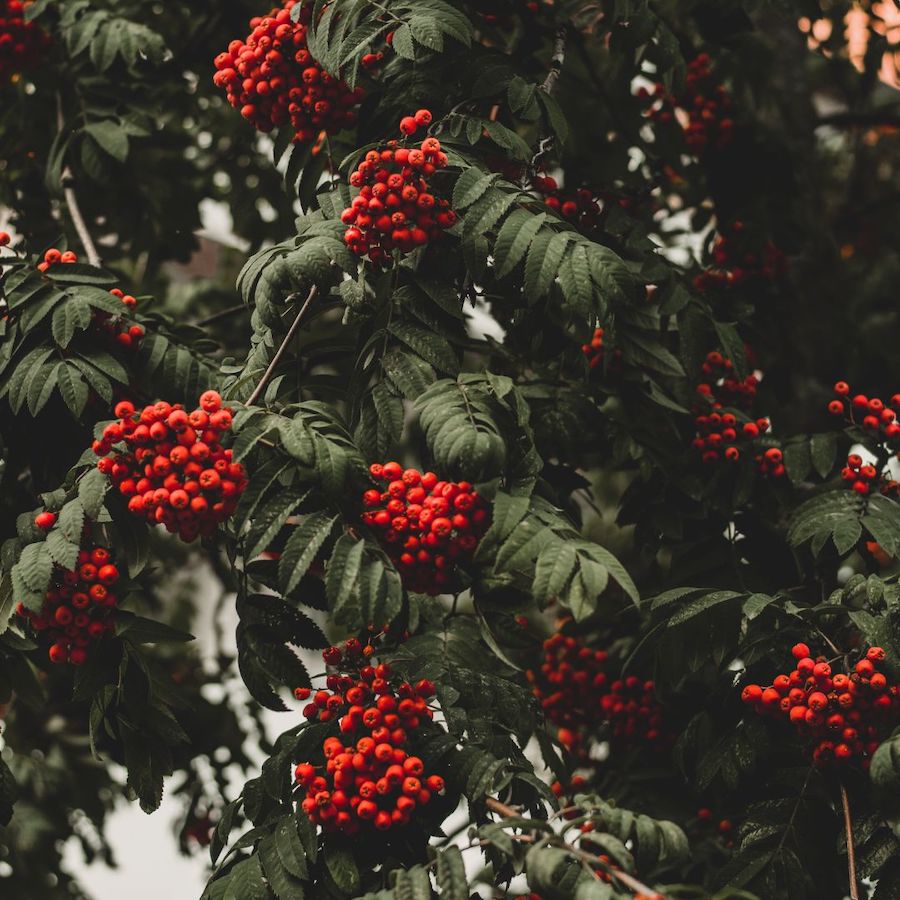Leaf Health & Leaf Color Takes the Temperature of Your Plant’s Overall Health
Learn to listen to what your plant is telling you
Plants use leaf colors to communicate what is happening within their nutrition intake. Don’t let all your hard work go to waste by letting your plants succumb to disease or malnutrition! If you keep an eye out for symptoms of distress, simple treatments can bring your plants back to optimum health.
Leaf Color – Yellow
This is usually a sign that your plant isn’t producing enough chlorophyll. There are several possible reasons the plant isn’t creating enough chlorophyll, so it’s important to check all growing conditions. Here are a few possible reasons your leaves could be turning yellow.
Insufficient Light
Adequate sunlight is essential for photosynthesis, and light requirements vary by plant. Find out what your plants light requirements are and relocate them if it’s apparent that they aren’t getting enough exposure.
Nitrogen Deficiency
Yellowing leaves can indicate deficiencies in several different nutrients, but insufficient nitrogen is the most common culprit. A soil test is the easiest way to diagnose this problem, and nitrogen rich plant fertilizer is readily available at gardening or hardware stores.
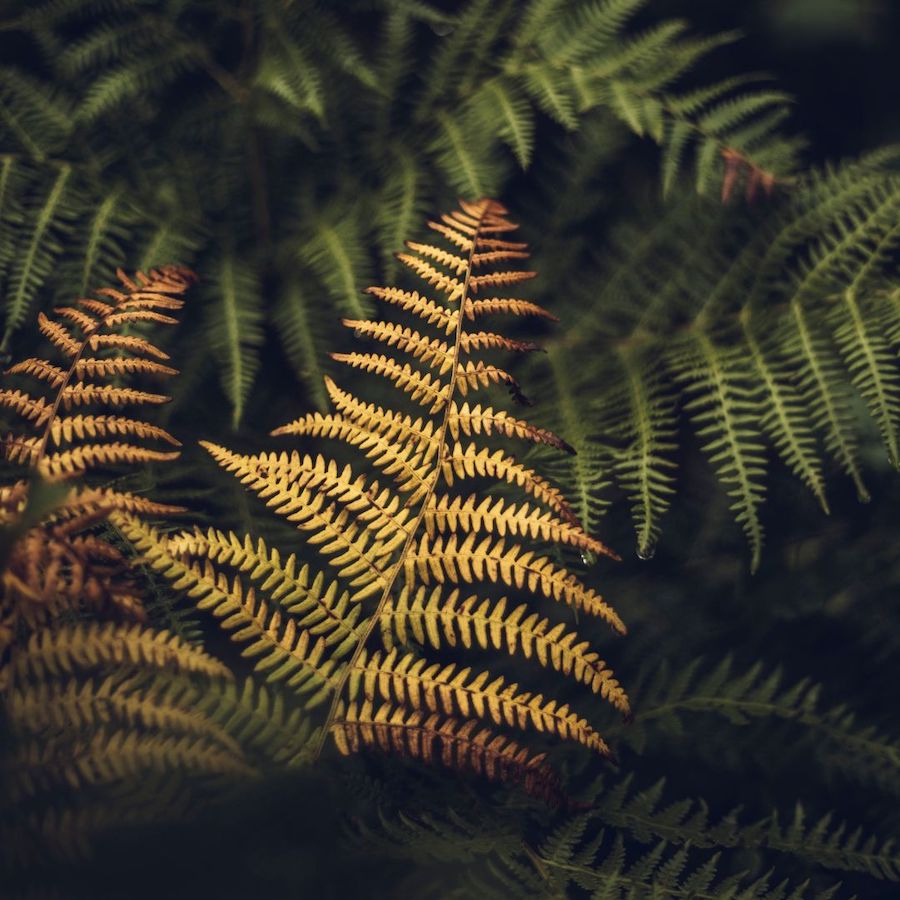
Inadequate Water
Just a few hot days can evaporate enough water to cause yellowing. This can easily be remedied by watering, just be sure to water slowly and deeply, saturating at least six inches below the surface. This technique is especially helpful in hot or arid climates, since water evaporates much faster.
Too Much Water
Inversely, an excess of water can cause leaves to yellow. Poorly draining soils prevent plant roots from receiving oxygen, which is crucial for photosynthesis.
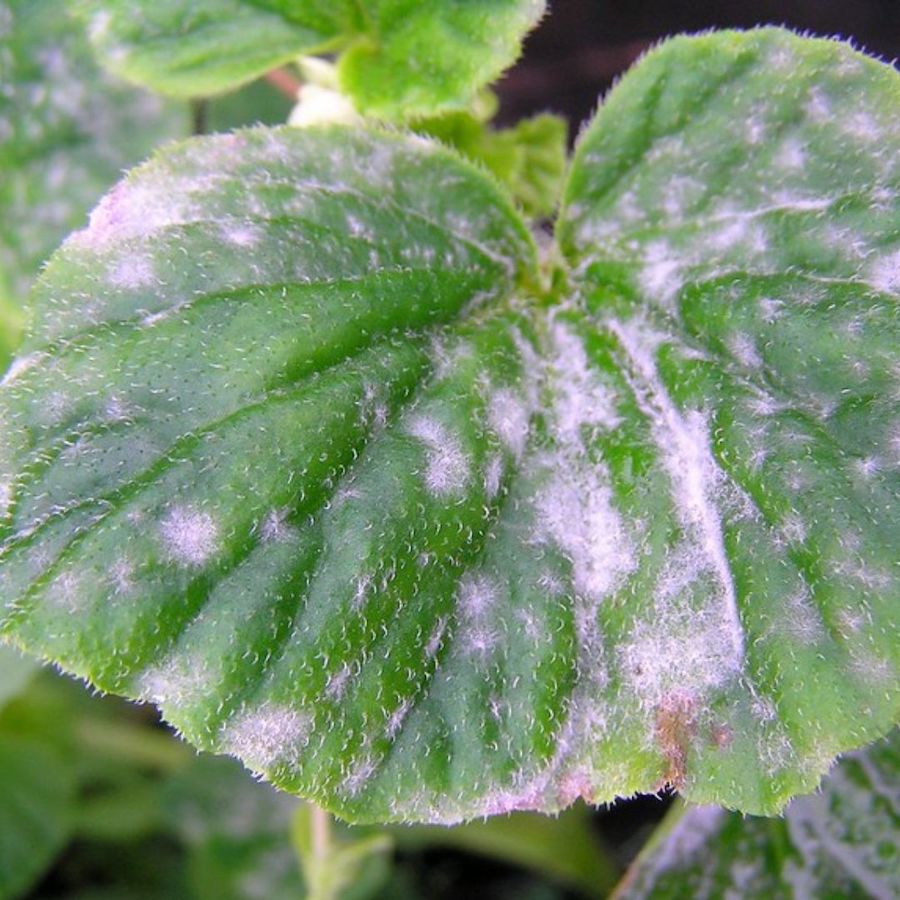
Leaf Colors – White or Gray Powdery Coating
Powdery mildew is most common in the spring and fall or in warm, dry climates. This infection presents as powdery gray or white spots on leaves and stems. To treat these plants, remove parts of the plant with apparent splotches and apply a commercial or DIY fungicide to all areas of the plant.
DIY Fungicide
You can make a cheap fungicide with just a couple of household items. Mix 1 tablespoon of baking soda with ½ teaspoon of liquid dish soap and 1 gallon of water.
Leaf Colors – Dark Green/Bluish Green/Purple Spots
While phosphorus deficiency isn’t as common as nitrogen deficiency, this condition can result in problems. Symptoms of phosphorus deficiency include stunted growth and leaf discoloration. This discoloration can present as dark green, bluish green, or purple spots. There are phosphorus rich fertilizers available, but make sure to do a soil test first, as excessive phosphorus can also cause problems.


Leaf Color – Yellow Mottling
Gardeners are most likely to experience the effects of Mosaic Virus, as this condition tends to infect vegetable and fruit plants. This virus causes stunted growth, malformed and decreased fruit yield, and yellow mottling in leaves. Unfortunately, there is no product available to treat this plant disease. All infected plants need to be removed completely and destroyed, otherwise the virus will spread to healthy plants.
Leaf Colors – Brown Spots, Yellow/Brown Veins/Yellow Edges
Potassium deficiency causes brown spots, yellow or brown veins, and yellow edges in plant leaves. The discoloration is usually more apparent in the plant’s older leaves. As with other possible nutrient deficiencies, always analyze you soil first before treatment. There are several potassium rich fertilizers on the market to treat this problem.
DIY Potassium Enrichment
Compost made from food waste is especially rich in potassium. Since the composting process can take several weeks, you can initiate treatment with a commercial fertilizer while starting the composting process.
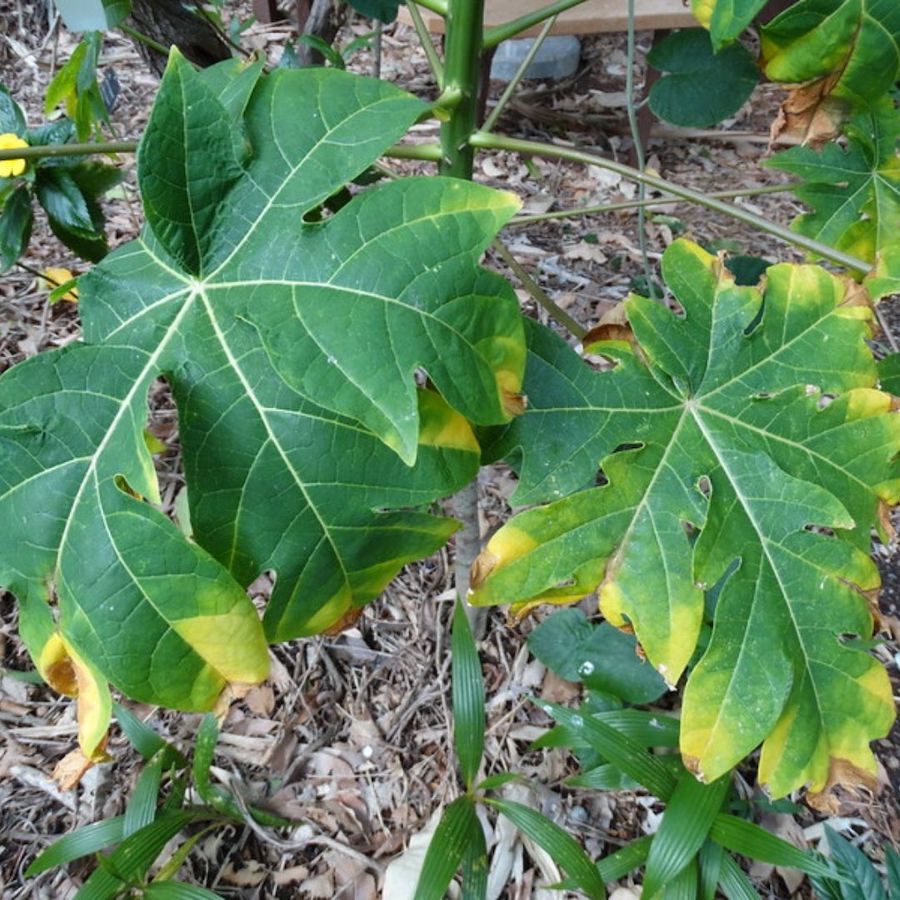
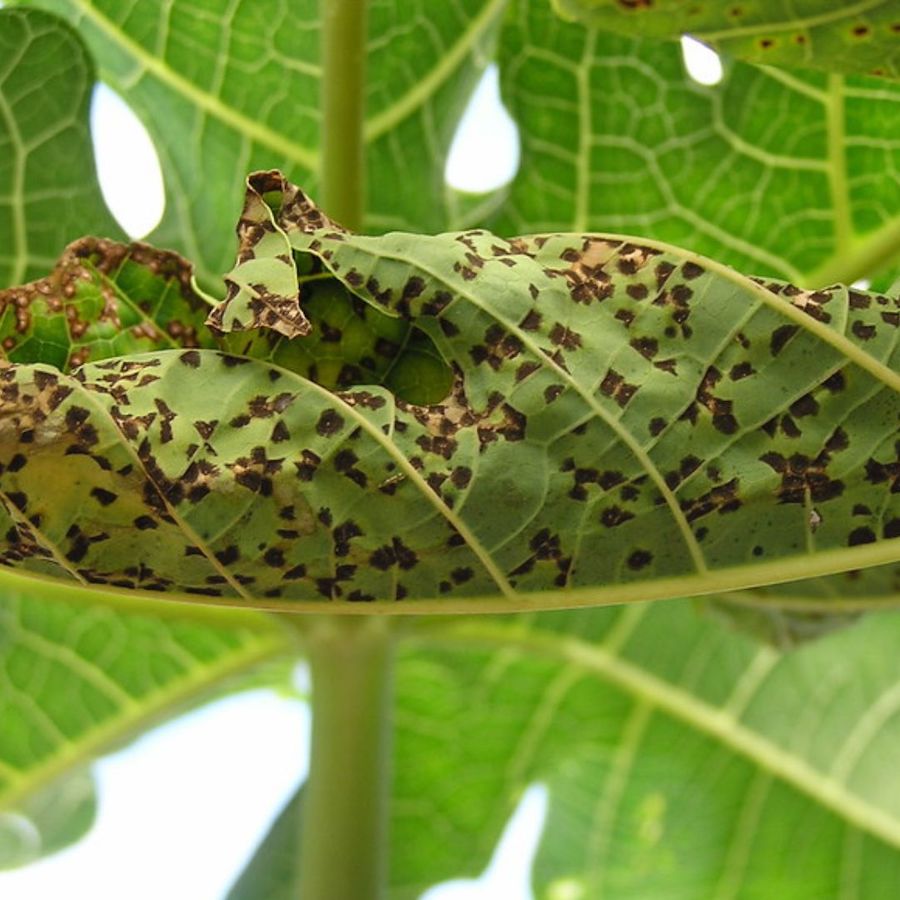
Leaf Color – Black Spots
Black Spot is a fungal infection can be seen in fruit and flower plants and is most commonly found in rose plants. As indicated by the name, the disease initially appears as block spots on the leaves of the plants. The leaves then begin to turn yellow and fall off the plant. Black Spot doesn’t kill the plants, but it is unsightly and can make them vulnerable to other problems. To treat plants infected with Black Spot, remove discolored leaves and apply a fungicide or the same DIY solution used for Powdery Mildew.

